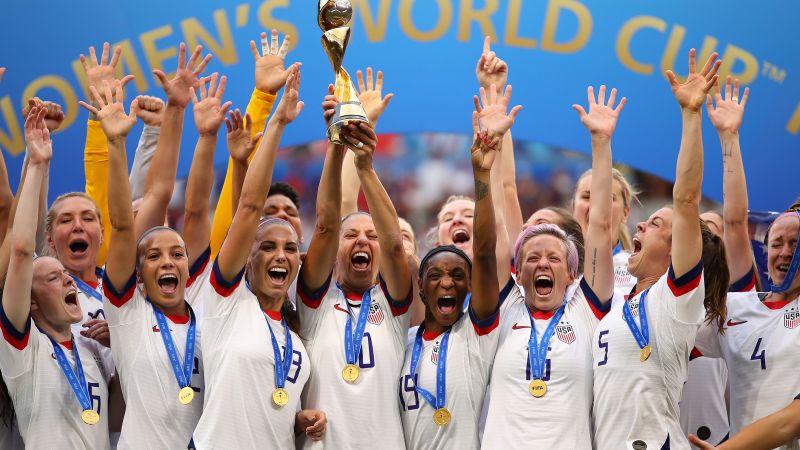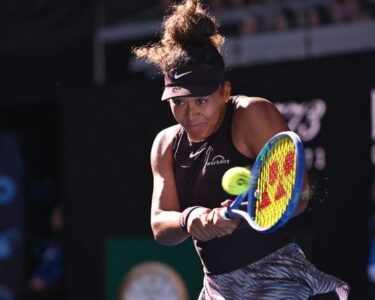CNN
—
The ninth edition of the FIFA Women’s World Cup gets underway in Auckland on Thursday as co-host New Zealand takes on Norway.
Between July 20 and August 20, 32 teams will compete across 64 matches at 10 different venues, making this year’s tournament the biggest to date.
The US Women’s National Team (USWNT) arrives as the two-time defending champion and arguably the favorite to win an unprecedented third consecutive title and a record-extending fifth overall.
However, many expect this year’s World Cup to be a much closer competition compared to previous editions, particularly with European nations closing the gap on the high-flying US team.
As kick-off approaches, here’s everything you need to know ahead of the tournament.
Where is it?
For the first time ever, the Women’s World Cup will be hosted across two countries: Australia and New Zealand. It is also the first to be held in the Southern Hemisphere.
Games will be held in six stadiums across Australia – in Brisbane, Adelaide, Perth, Melbourne and Sydney – and four in New Zealand – in Dunedin, Auckland, Hamilton and Wellington.
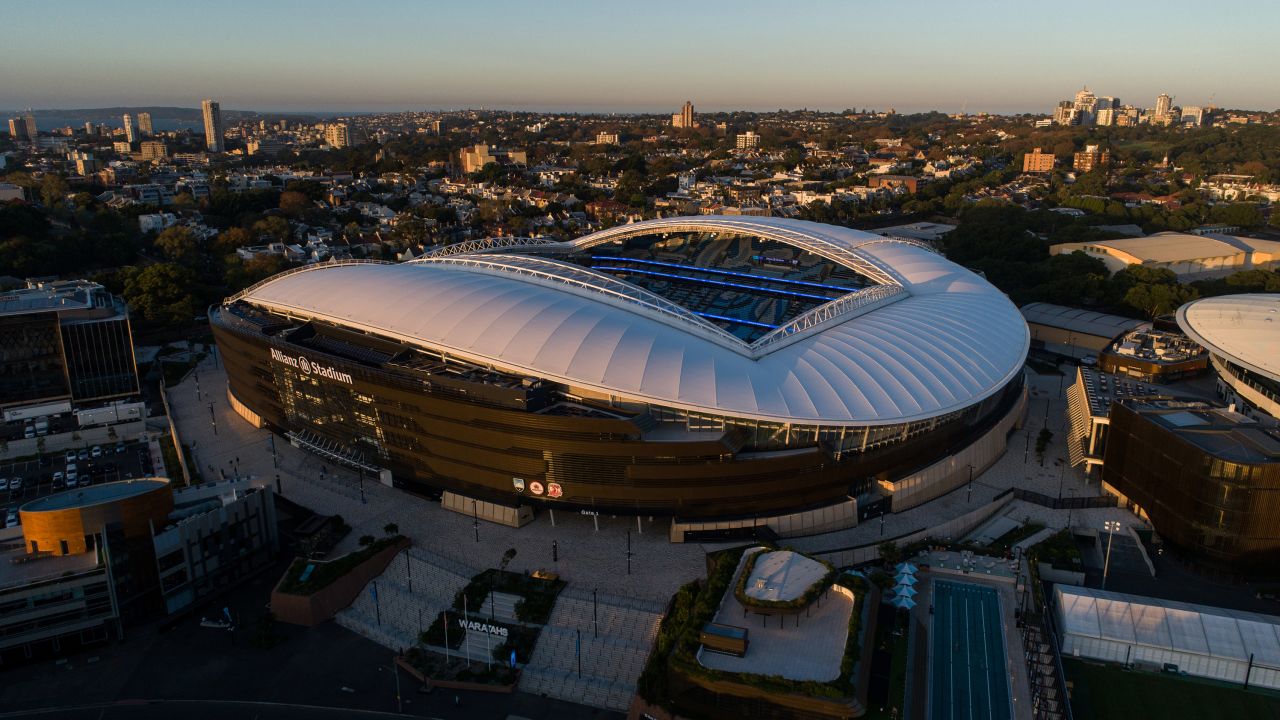
The final is set to be held in Sydney’s 81,500-capacity Stadium Australia.
Last month, ticket sales for the tournament overtook the previous edition held in France, making this likely to be the most attended standalone women’s sporting event in history, according to governing body FIFA.
More than a million tickets had been sold by June, but the majority of those had been purchased for matches in Australia. Ticket sales in New Zealand have been less forthcoming, which a FIFA official has attributed to the sport’s lower profile in the country.
How to watch
In the US, games will be aired on FOX Sports, while Telemundo is providing Spanish-language coverage.
Seven Network and Optus Sport are broadcasting matches in Australia and the BBC and ITV have the rights in the United Kingdom.
A full breakdown of media rights holders in each country is available on the FIFA website.
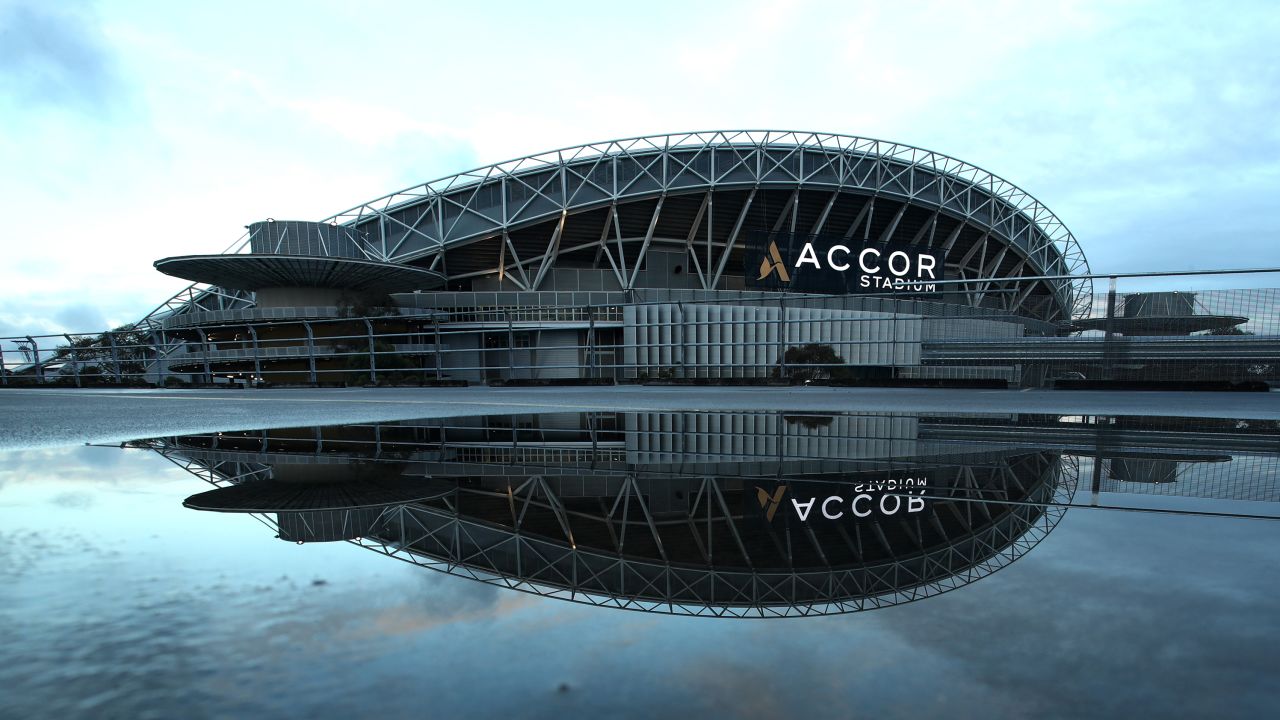
Who is competing?
A record 32 teams will take part in the World Cup, eight more than the previous two editions.
That includes some familiar faces – the United States, two-time champion Germany, European champion England and 2019 runner-up Netherlands – as well as eight teams making their debuts: Haiti, Morocco, Panama, the Philippines, Portugal, the Republic of Ireland, Vietnam and Zambia.
Who are the favorites?
According to sports data company Gracenote, the US is the favorite to win the tournament with a 18% chance of success.
However, this year’s edition promises to be a tighter affair, with Sweden and Germany both given an 11% chance of winning by Gracenote, France a nine percent chance, and England, Spain, and Australia all an eight percent chance.
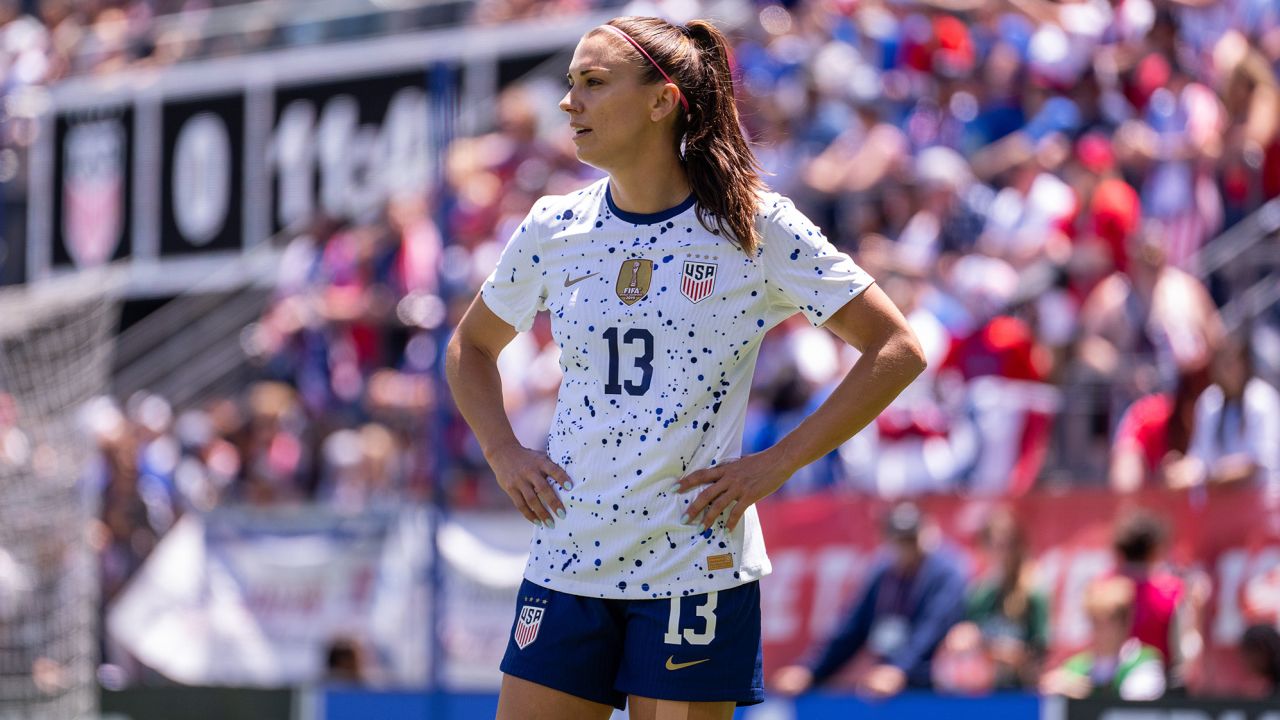
This broadly reflects the FIFA women’s rankings, which currently has the US, Germany, Sweden, England and France as the top five teams in the world.
You can see Gracenote’s knockout-round predictions, including an expected final between the US and Germany, here.
What are the groups?
There are eight groups of four teams with the top two from each group progressing to the round of 16.
Group A:
New Zealand
Norway
Philippines
Switzerland
Group B:
Australia
Republic of Ireland
Nigeria
Canada
Group C:
Spain
Costa Rica
Zambia
Japan
Group D:
England
Haiti
Denmark
China
Group E:
United States
Vietnam
Netherlands
Portugal
Group F:
France
Jamaica
Brazil
Panama
Group G:
Sweden
South Africa
Italy
Argentina
Group H:
Germany
Morocco
Colombia
South Korea
Players to watch
Australia and Chelsea forward Sam Kerr will be carrying the expectations of a nation as the star player for the Matildas and the team’s top scorer with 62 goals.
This tournament is likely to present Australia’s best chance of getting beyond the quarterfinals of a Women’s World Cup for the first time and captain Kerr is at the heart of the home nation’s grand ambitions.
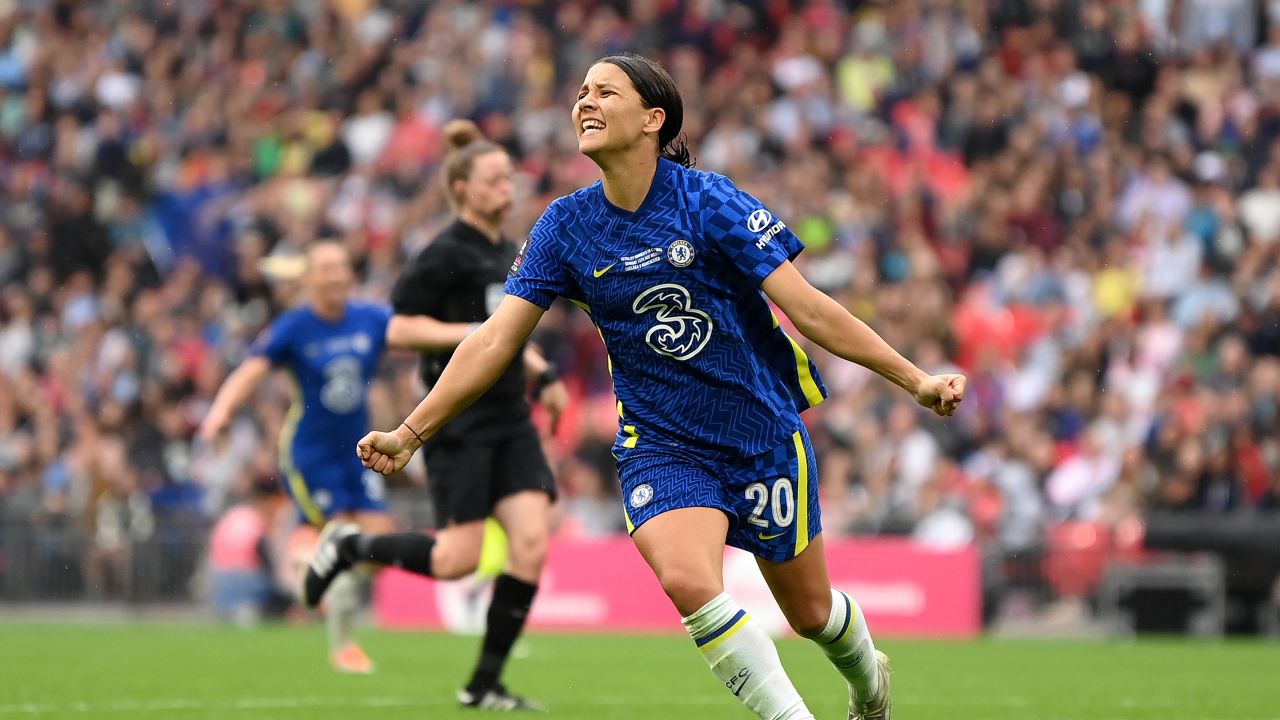
For some veterans of the women’s game, this tournament will mark the end of an era. Brazilian superstar Marta, 37, is set to end her international career having scored a record 17 Women’s World Cup goals, while the USWNT’s Megan Rapinoe has also announced that she will retire after what will be her fourth and final World Cup.
At 34, Alex Morgan is also among the senior players in the US squad and is joined by young forwards Trinity Rodman, Sophia Smith and Alyssa Thompson, all looking to make an impression during their World Cup debuts.
Spain’s Alexia Putellas is a back-to-back Ballon d’Or Féminin winner – awarded to the best player in the women’s game – and earlier this year made a comeback from an anterior cruciate ligament (ACL) injury.
Two other Barcelona stars – England midfielder Keira Walsh and Nigerian striker Asisat Oshoala – will both also be crucial for their nations’ chances.
Ada Hegerberg, the inaugural Ballon d’Or Féminin winner in 2018, is part of a talented Norwegian team alongside Caroline Graham Hansen, while Wendie Renard (France), Pernille Harder (Denmark) and Alexandra Popp (Germany) are all expected to feature prominently for their countries.
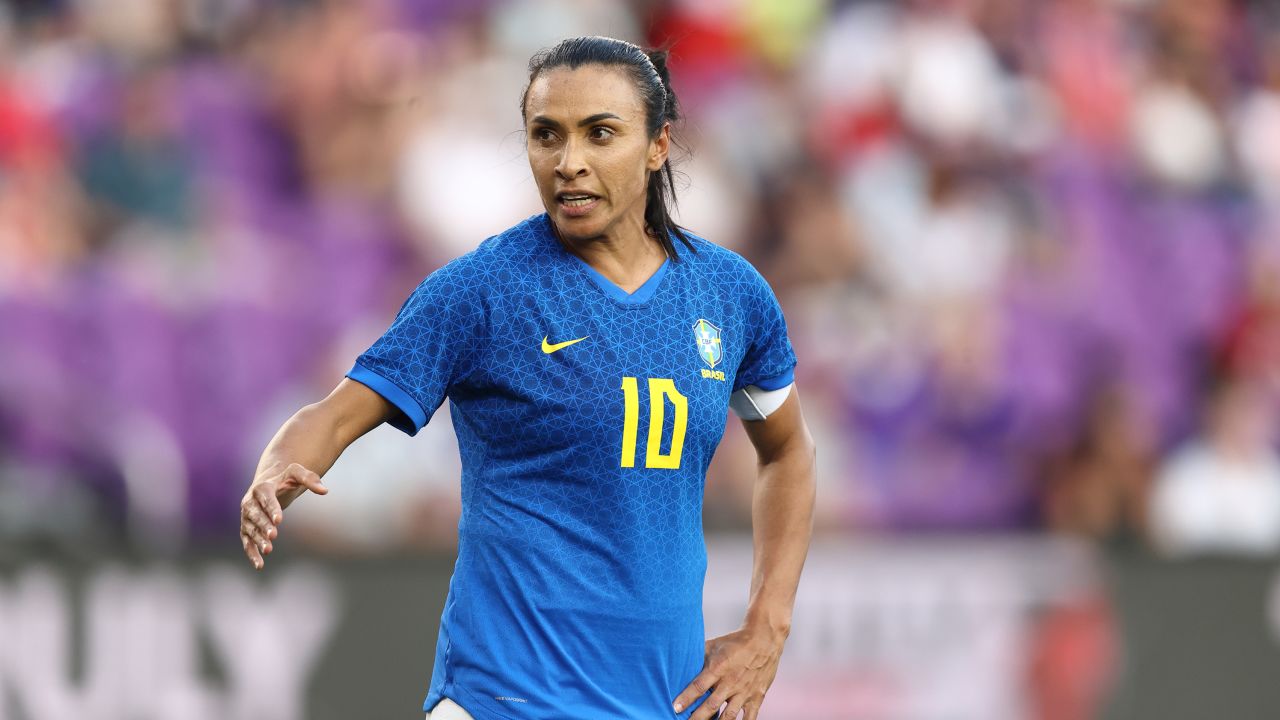
ACL curse
The same injury is preventing some of the biggest names in the women’s game from competing at the World Cup this year.
The Netherlands’ all-time leading women’s scorer Vivianne Miedema, England captain Leah Williamson and her teammate Beth Mead are all set to miss the tournament with ACL injuries.
Also on the ACL injury list are USWNT star Cat Macario, Germany’s Giulia Gwinn and Swiss teenager Iman Beney.
The ACL is one of the key ligaments inside the knee, helping to stabalize the joint by joining the thigh and shin bone. Tearing an ACL is one of the most serious injuries an athlete can suffer, but the plight, as this year’s World Cup absentee list will testify, is especially common in women’s football.
Also missing the World Cup is USWNT captain Becky Sauerbrunn, who has sustained a foot injury, and international teammate Mallory Swanson, who tore the patellar tendon in her knee last month.
How much is the prize money?
FIFA has announced that prize money for the tournament will increase to $110 million. A further $31 million has been awarded to teams for preparations and $11 million to clubs for their players.
The $110 million prize money is a nearly three-fold increase on the 2019 figure and almost seven times more than in 2015, but still considerably lower than the $440 million total prize money awarded at the men’s World Cup in Qatar last year.
FIFA president Gianni Infantino said earlier this year that he hopes the 2026 men’s and 2027 women’s World Cups will have equal prize money.


